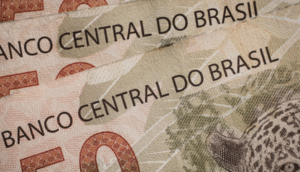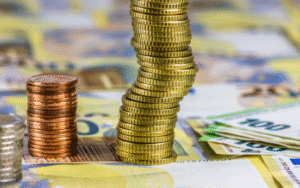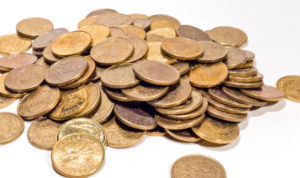$GLD $XAUUSD $BTC
#Gold #XAU #PreciousMetals #Commodities #ElectionRisk #CPI #Inflation #RetailSales #USMarket #Crypto #Forex #MarketAnalysis
Gold prices are likely to see a decline as the heightened risk premium attached to the recent elections begins to fade. Investors had rushed towards safe-haven assets, such as gold, fearing political uncertainty. However, as key election outcomes become clearer and market sentiments return to relative normalcy, the demand for gold as a risk hedge begins to wane. Frequently, gold experiences an inverse relationship with market confidence, and as apprehension dissipates, capital often rotates back into riskier assets. Historically, gold has been known to perform well during moments of uncertainty. But when that perception of risk shows signs of being reduced, gold tends to lose some of the upward momentum.
Next week’s economic landscape offers fewer significant drivers compared to the high-octane events of recent times. Still, there are some key data points that market participants should keep their eyes on. The release of the U.S. core Consumer Price Index (CPI) for October is expected to shed light on inflation trends. A higher-than-expected CPI figure could lead to renewed speculation on the Federal Reserve’s future interest rate hikes, potentially affecting both equity and commodity markets. Inflationary pressures tend to bolster demand for gold, given its appeal as a store of value in times of purchasing power erosion. That said, if inflation seems to be moderating, it could further pressure gold prices downward, especially if correlated with a stronger U.S. dollar and rising bond yields.
Additionally, U.S. retail sales figures for October will be closely scrutinized, given the consumer sector’s critical role in driving the U.S. economy. A robust retail sales report could spark optimism about economic resilience, potentially again drawing investor interest away from gold towards riskier investments such as equities. Conversely, a disappointing figure may rekindle some anxiety about economic slowdowns, which could temporarily work in favor of gold. However, barring any severe economic downturns, the broader outlook might still point to short-term softness in gold pricing.
Besides the direct factors tied to gold pricing, ongoing moves in related markets such as cryptocurrencies and forex bear monitoring. Bitcoin’s ($BTC) increasing traction as a store of value and alternative to gold may also divert some of the usual demand away from gold. Additionally, currency markets, especially the U.S. dollar ($XAUUSD), will have a strong say in where gold heads. As the dollar strengthens, as is often the case with increasing interest rate expectations or strong economic data, it tends to exert negative pressure on gold, given the metal is priced in USD. In a post-election period where political risk seems muted, the combination of stronger economic data and a firming dollar could undermine the appeal of gold.











Comments are closed.